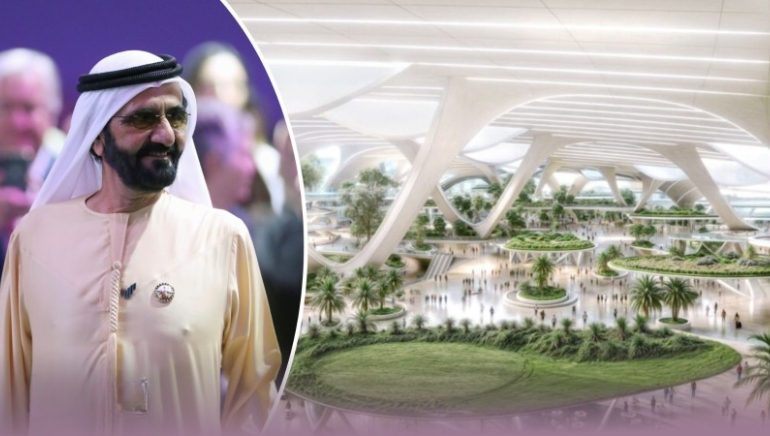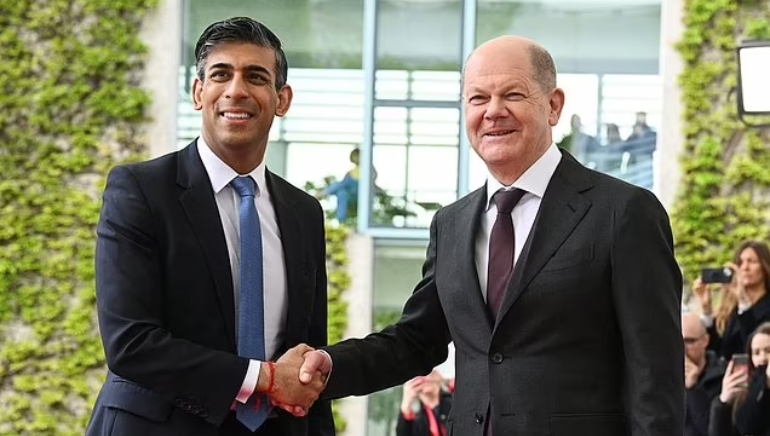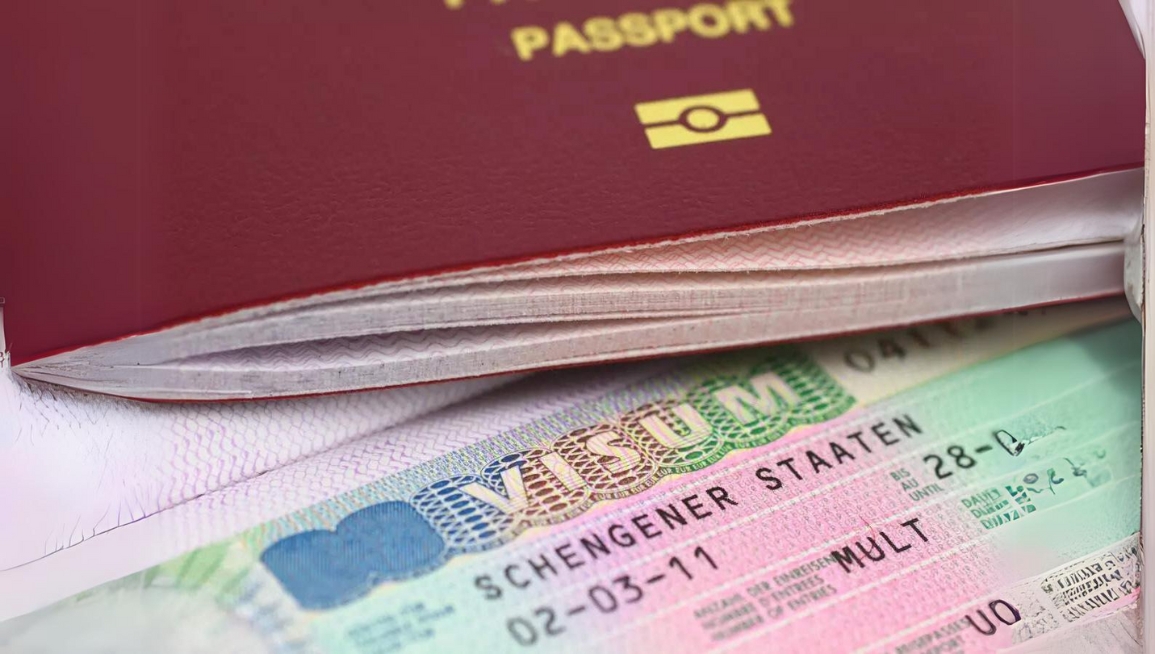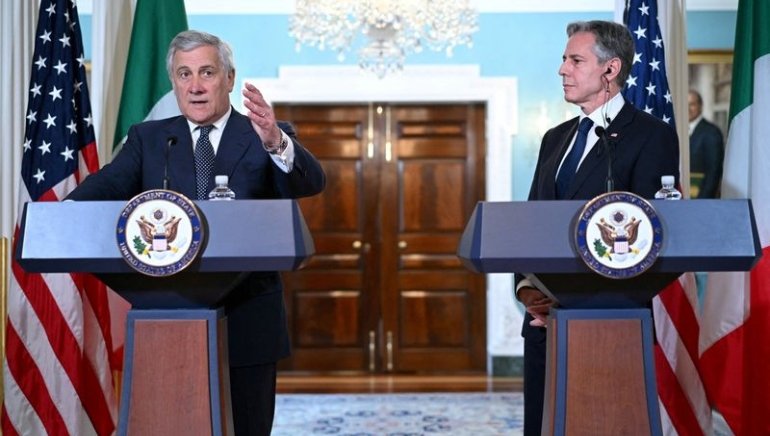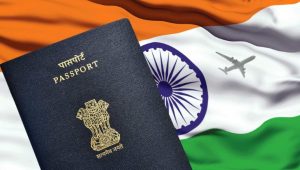Dubai’s ruler, Sheikh Mohammed bin Rashid al-Maktoum, made headlines by announcing the approval of a groundbreaking project, a new passenger terminal at Al Maktoum International Airport. The staggering price tag attached to this endeavour is a whopping 128 billion AED ($34.85 billion). This announcement highlights Dubai’s ambition to maintain its status as a global aviation powerhouse.
Once completed, the Al Maktoum International Airport will claim the title of the world’s largest airport, boasting a remarkable capacity of up to 260 million passengers. This terminal will dwarf Dubai International Airport, expanding its size fivefold. The ambitious project includes plans for 400 terminal gates and a network of five runways, promising unrivalled efficiency and accessibility.
The strategic relocation of operations from Dubai International Airport to Al Maktoum signals a significant shift in the region’s aviation landscape. Among the airline partners enabling seamless global connectivity will be Emirates and its sister low-cost airline, Flydubai.
Dubai’s aviation sector is set to soar to new heights, reinforcing its position as a premier global hub. Paul Griffiths, CEO of Dubai Airports, aptly summarised the sentiment, emphasising how this move cements Dubai’s standing as an aviation leader on the world stage.





